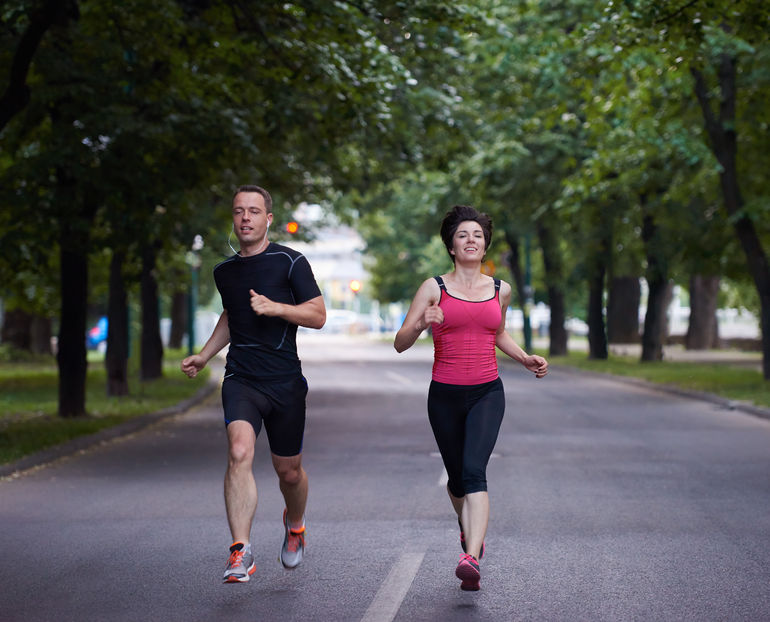Exercise Just in Case You Have pre-Diabetes and Don’t Know It
#withDavida
Never underestimate the power of exercise. I remember a woman I was trying to convince to exercise to improve her health, angrily insisting that nothing was going to reverse her health problems. About a year after exercising regularly and losing weight she happily told me she was able to come off two of her three medications.
I am often met with hostility from people who have health problems, like pre-diabetes and don’t like to exercise.
It baffles me because going out your front door for a walk or jog or just dancing in the living room is the easiest and cheapest way to improve your health.
The latest statistics for Americans with Type 2 Diabetes is shocking. The number of adults diagnosed with this disease has quadrupled in the last three decades to 21 million people. It’s another effect from the obesity epidemic in our country.
Guess what?
If you’re growing older, gaining weight, lack physical activity and don’t pay attention much to your diet you could you be one of the 76.5 million Americans with pre-diabetes and don’t know it?
Sound like anyone you know? According to the government 1 in 3 adults has pre-diabetes, the high levels of blood sugar and the precursor before the body stops producing insulin. Lack of insulin leads kidney disease, heart disease, blindness, amputations and more.
Pre-diabetes is hard to superficially detect but a hint could be darkened skin in the neck, armpits, elbow, knees or knuckles. However, if you lack energy, frequently urinate, become increasingly thirsty and hungry you could have pre-diabetes and be well on your way to fully developing type 2 diabetes.
The good news is that many of these people have reduced the effects of pre-diabetes by exercising, losing weight and monitoring their blood sugar.
Now researchers at the University of Colorado have helped me understand why some people, particularly women are tough to motivate to get moving. In their study of women with Type 2 Diabetes they found them to have higher lactate levels when exercising. That means their cells are receiving too little oxygen, which can hamper the body’s ability to make energy. Those women compared to non-diabetics also had a higher Rating of Perceived Exertion (RPE). So no wonder people are hostile about exercising. It makes them more tired and it seems extremely hard.
It’s like not brushing your teeth everyday because the toothpaste tastes nasty and the toothbrush is too heavy.
Researchers need to find answers as to why this happens so they can invent yet another pill. In the meantime, we need to continue efforts to get family, friends, neighbors and ourselves moving, especially with pre-diabetes.
National physical fitness guidelines recommend adults get at least 30 minutes of physical activity most days.
Read this next sentence out loud: “I can do it!”
First, find something enjoyable to do. Like walking with a friend.
Second, start slowly maybe as short as 10-minute periods. Experts say that’s the minimum time for it to count.
Finally, don’t give in! Find something or someone, like a spouse or children or yourself, to do it for so you won’t quit. As I always tell my children, “Never surrender, never give up”.
The American Diabetes Associations says diabetes kills more than 71,000 people every year. I’m sad to share it claimed the life of my mother and I regret I didn’t get her to do more to fight it.
Check with your medical professional before beginning any exercise.
Resources:
- Diabetes Report Card: http://www.cdc.gov/diabetes/pdfs/library/diabetesreportcard2014.pdf
- Study of Diabetic Women: http://www.sciencedaily.com/releases/2015/10/151014105826.htm
- Pre-diabetes Symptoms: https://www.mayoclinic.org/diseases-conditions/prediabetes/symptoms-causes/syc-20355278












